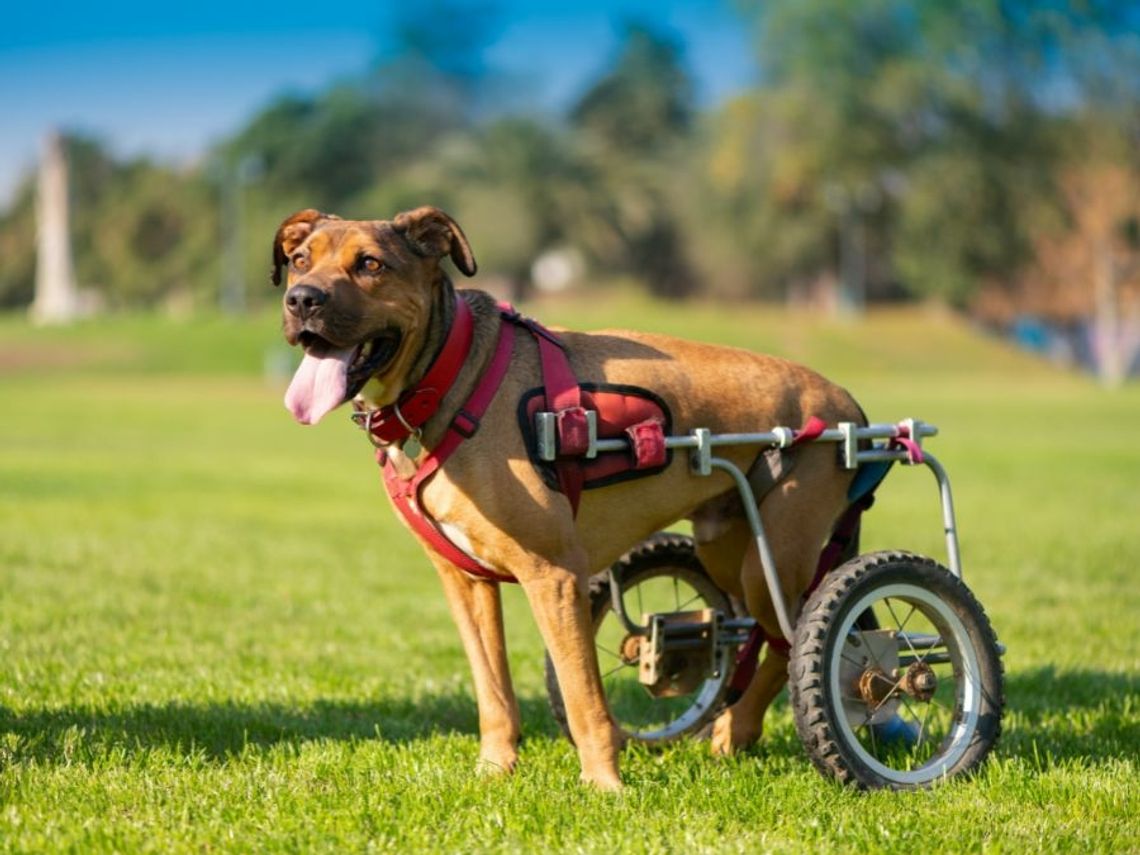It’s never easy to watch our furry friends struggle with mobility issues. We all want our dogs to live life to the fullest, bouncing around with the same energy they had as puppies. Unfortunately, as they age, physical ailments might make this impossible.
Luckily for you, you can help your favorite companion retain their quality of life in several ways. One of the best ways to help with your pet’s mobility is with wheelchairs. Know when your dog needs a wheelchair with the following telltale signs.
Decreased Activity Levels
If your four-legged friend shows reduced interest in play or walks, this could be a sign of discomfort or pain due to mobility issues. A once-active dog that’s now reluctant to exercise or engage in normal activities could be silently suffering.
For this, a dog wheelchair can be a game-changer. It can give your pup the support they need to move around more freely and comfortably, helping them to regain their lost confidence and zest for life.
Difficulty Standing Up
If your dog has trouble standing up from a sitting or lying position, this could indicate joint pain or muscle weakness. Finding your lively pet struggling to get to their feet is disheartening.
A wheelchair for dogs can support their hind limbs, enabling them to stand up and walk again with less difficulty. By improving their mobility, you’re letting your furry friend enjoy an improved quality of life.
Dragging a Leg, Limping, or Favoring One Leg
Dogs are incredibly resilient and will often try to hide their pain or discomfort—it’s a survival instinct. But if your dog starts to limp, drag their legs, or favor one leg, it’s a clear sign that they’re in pain.
If these signs persist, it might be time to consider a wheelchair for your dog. A wheelchair will take the weight off their ailing limb or limbs, alleviating pain and helping them move around easily. Remember—the goal is to enhance your pet’s quality of life, and a wheelchair could do just that.
Diagnosis of Degenerative Disease
Several dog breeds are prone to degenerative conditions such as hip dysplasia, arthritis, or degenerative myelopathy. Treating and managing canine arthritis, for example, calls for a wheelchair to help support your fur baby. These conditions progressively deteriorate your dog’s physical capabilities, making movements increasingly difficult and painful. A wheelchair can provide essential support, reduce pain, and encourage your dog to remain active.
Recovery From Surgery or Injury
If your pet has undergone surgery or sustained an injury, their mobility may be temporarily or permanently impaired. Like humans, dogs need time and assistance to recover.
A pet wheelchair can be a valuable aid, allowing your dog to maintain mobility, engage in light exercise, and enjoy their favorite activities. This speeds up their recovery and boosts their morale.
Knowing when your dog needs a wheelchair can greatly improve their quality of life. It’s about being attentive, responsive, and adaptable as their needs change. Wheelchairs grant your furry friend the freedom to explore the world with the same joy, despite physical challenges. With proper support, your pet can continue to live a life filled with activity, happiness, and love.


Comment
Comments